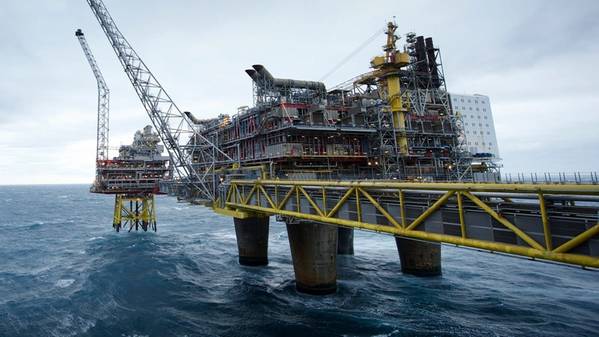
Norway will boost its natural gas output in the coming months, keeping production higher than normal through the summer and delivering bigger volumes to Europe at a time of shortages and soaring prices, Equinor EQNR.OL said on Wednesday.
Russia's invasion of Ukraine has contributed to already high gas prices and left European nations scrambling to fill storage depleted by winter consumption and to find alternatives to Russian supply.
By postponing some maintenance and making other adjustments together with pipeline operator Gassco, Equinor will deliver more gas, it said.
"We can export more gas this summer," Equinor executive Irene Rummelhoff said in a statement.
Adjusted production permits from the Norwegian government will allow the Oseberg field to increase gas exports by around 1 billion cubic meters (bcm) in the period until Sept. 30, while the Heidrun field can increase by 0.4 bcm this year.
"1.4 billion cubic meters of gas meets the gas demand of around 1.4 million European homes for a year," Equinor said.
In addition, the Troll field, the North Sea's largest source of gas, can increase output in the event that other fields face outages, thus improving the overall robustness of supply, Equinor said.
In 2021, Norway's gas production amounted to 113 bcm, supplying close to a quarter of gas demand in the European Union and Britain, while Russia in recent years met around one-third of Europe's needs, Norwegian government data showed.
While Norwegian oil and gas fields are producing at near-full capacity, the mix between oil and gas can in some cases be adjusted. The government sets quotas for fields to ensure the country is able to maximize its output over time.
Norway pumps around 4 million barrels of oil equivalent per day, divided almost equally between oil and natural gas.
The country exports around 95% of its gas via an extensive subsea pipeline network linking it to terminals in Germany, Britain, France and Belgium. A pipe to Poland will be completed later this year.
(Reuters - Reporting by Nerijus Adomaitis, writing by Terje Solsvik; editing by Gwladys Fouche and Jason Neely)